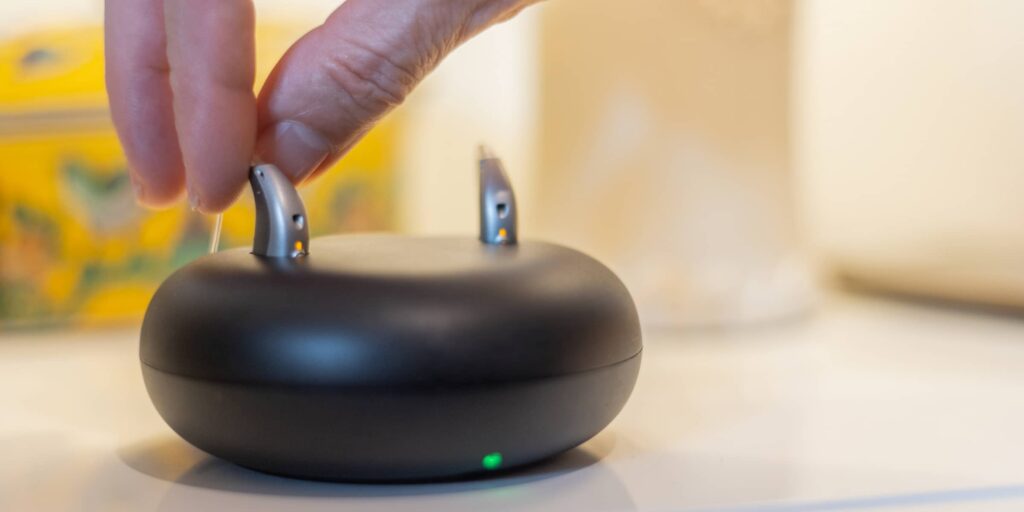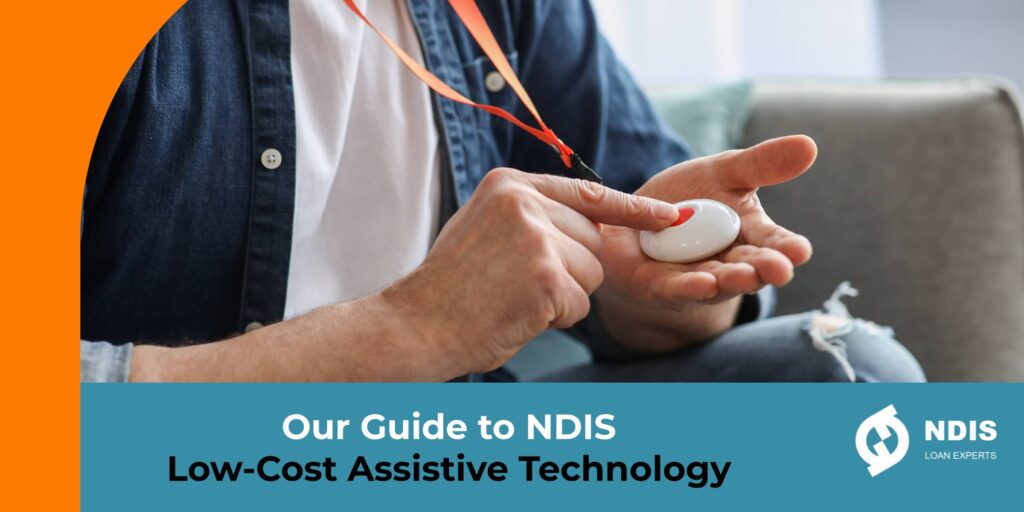We look at the benefits and practical examples of NDIS low-cost assistive technology for Specialist Disability Accommodation (SDA). Simple, cost-effective home additions can improve residents’ daily lives while increasing your NDIS property investment value and maximising the likelihood of full-time occupancy.
What is low-cost assistive technology?
Assistive Technology is devices, equipment, and systems that help people perform daily tasks and improve their quality of life, while remaining affordable and easy to use. For people with disability, assistive technology can be a game changer.
Low-cost assistive technology are the simple, affordable types of tech that are easy to install, use and can be purchased at everyday retail stores, rather than specialist providers.
Benefits of AT for Specialist Disability Accommodation
Reduced vacancy risk: With assistive technologies, SDA properties become more appealing to tenants with disability, which means a higher likelihood of continuous occupancy and stable rental income.
Competitive advantage: Properties equipped with low-cost assistive technology set them apart in the market and attract a broader range of potential tenants.
Potential for higher rental yields: Assistive technology-enhanced SDA properties may command higher rental rates due to their added features and the improved quality of life they offer to tenants, ultimately leading to increased revenue for investors.
What does NDIS classify as low-cost AT?
NDIS provides the following guidelines to categorise AT cost:
- Low-cost assistive technology: under $1,500 per item.
- Mid-cost assistive technology: between $1,500 and $15,000 per item.
- High-cost assistive technology: over $15,000 per item.
Low-cost items cost under $1,500, require simple installation, are easy to operate and can be purchased or rented through general retailers rather than specialised vendors. Read the low cost assistive technology NDIS guidelines for more detail.

Low-cost assistive technologies examples for smart SDA homes
A range of low-cost assisted technology can be integrated into SDA homes beyond the mandated requirements. These simple smart tech, low-cost additions can add big benefits for the tenants.
Low-cost assistive technology examples include:
Motion-activated lighting: While SDA home design categories must have dimmable lights, consider installing motion-activated lights, particularly in hallways and entrance areas. This can provide better visibility and safety for those with visual impairments or mobility challenges.
Wireless doorbells with visual alerts: Replacing a traditional doorbell with a wireless one that includes visual alerts, such as flashing lights, can be beneficial for individuals with hearing impairments.
Voice-controllable lighting: By integrating smart lighting systems with voice-activated assistants like Amazon Echo, Google Home, or Apple HomePod, tenants can control the lights in their home using simple voice commands. This feature provides convenience and increased autonomy for users with limited mobility or dexterity.
Remote-access cameras: Installing security cameras with online accessibility allows residents and caregivers to monitor their home from any location using a smartphone or computer. This feature enhances safety and provides peace of mind for individuals with disability and their families.
Voice-controlled TV remotes: Devices such as the Amazon Fire TV Cube or Google Chromecast with Google TV enable voice control for television sets, allowing users to change channels, adjust the volume, and access content without using a traditional remote. This can be particularly beneficial for individuals with limited dexterity or mobility.
Infrared-controlled air-conditioning: Many split-system air conditioners use infrared remote controls. By integrating these systems with smart home devices or smartphone apps, individuals with disability can easily control their home’s temperature without needing to physically access the air-conditioning unit.
Electronic locks with pin codes and online dashboard: Smart locks provide keyless entry options, such as pin codes or smartphone integration, and can be managed through an online dashboard. This allows residents and caregivers to lock or unlock doors remotely and monitor access, enhancing safety and convenience for individuals with disability.
Smartphone, voice, or remote-controlled blinds: Smart blinds can be integrated with smartphone apps, voice assistants, or dedicated remote controls, enabling users to open or close window coverings without manual effort. This feature is particularly useful for individuals with mobility or dexterity limitations.
Sensor and remote-controlled automatic doors: Installing automatic doors with sensors and remote controls allows for easier entry and exit without the need for manual operation. This modification can significantly enhance mobility and accessibility for individuals using wheelchairs, walkers, or those with limited strength or dexterity.
How low-cost AT saves money and increases independence
The low-cost assistive technology ideas outlined above make it much easier for people to manage their surroundings just by using their voice or with smartphones and tablets.
Other low-cost devices and adaptations like lowering cupboard racks, adaptive appliances, toilet bidets, and body dryers can also make a huge difference in people’s lives.
Each of these assistive solutions fosters independence and reduces the reliance on paid assistance. This results in greater autonomy and privacy for residents while simultaneously leading to long-term savings in caregiver expenses.
If you have questions about customising an SDA property with assistive technology, reach out to our team today.


